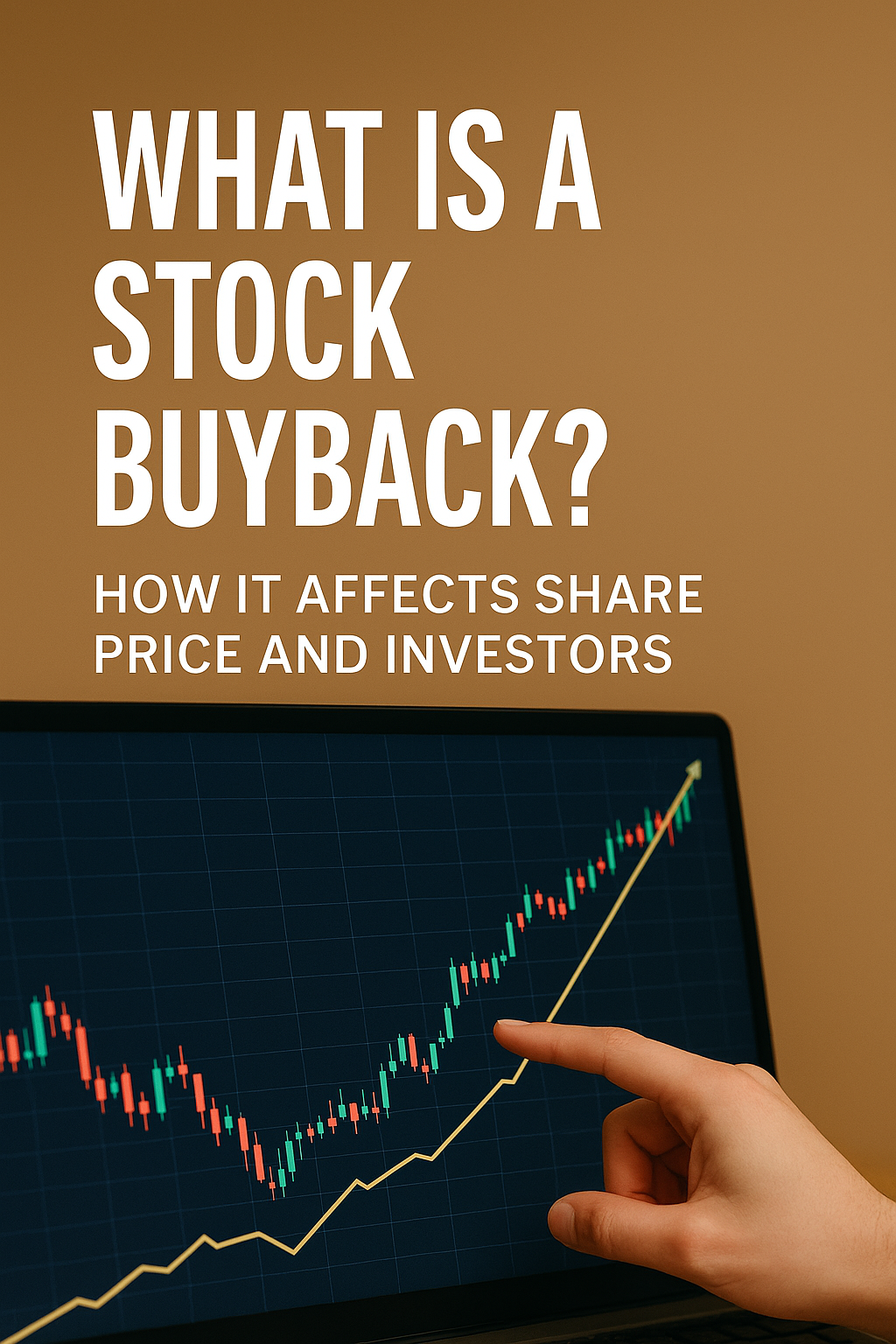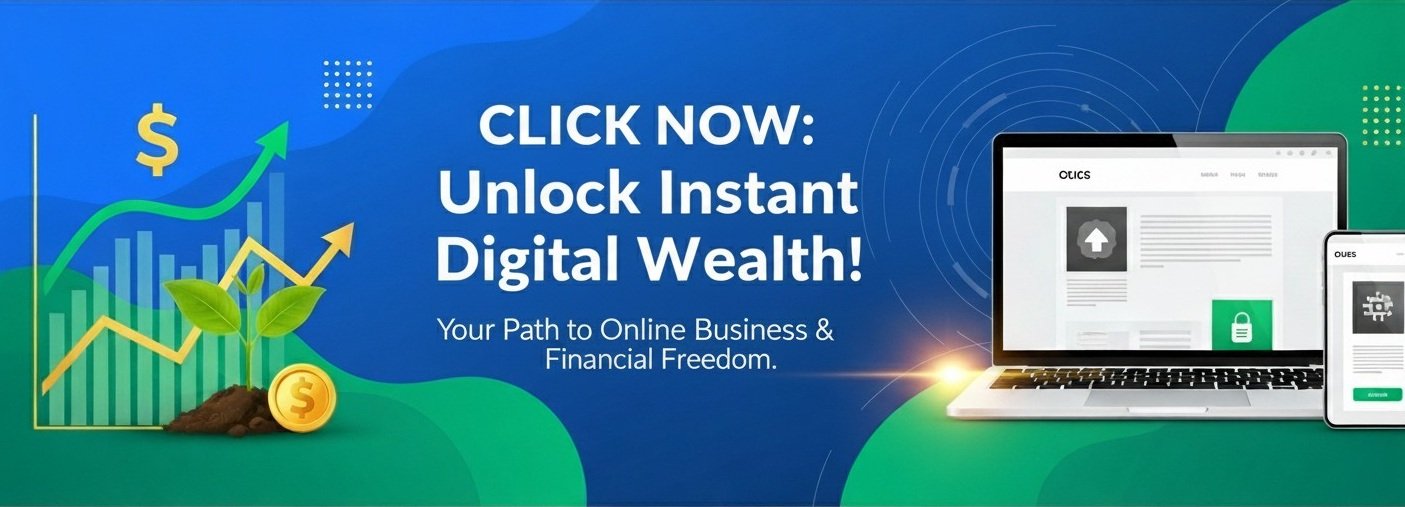Stock buybacks, also known as share repurchasing programs, have become a common strategy for publicly traded companies to return capital to shareholders and optimize their financial structure. From tech giants like Apple to industrial firms like General Motors, buybacks are often headline news in financial markets. But what exactly is a stock buyback, and how does it affect share price and investors? This 4,000-word guide provides a deep dive into the mechanics of stock buybacks, their implications for share price, and their impact on different types of investors.
Whether you’re a beginner investor curious about corporate finance or a seasoned trader analyzing market signals, this article will equip you with the knowledge to understand stock buybacks and their role in investing. We’ll explore the motivations behind buybacks, their effects on financial metrics, and practical considerations for investors, all while addressing common misconceptions.
What Is a Stock Buyback?
Defining a Stock Buyback
A stock buyback occurs when a publicly traded company repurchases its own shares from the open market or directly from shareholders. By reducing the number of outstanding shares, the company increases the ownership stake of remaining shareholders and alters key financial metrics like earnings per share (EPS). Buybacks are typically authorized by a company’s board of directors and executed over time, depending on market conditions and corporate strategy.
How Buybacks Work
- Authorization: The board approves a buyback program, specifying a maximum dollar amount or number of shares (e.g., “$10 billion over two years”).
- Execution: The company repurchases shares through:
- Open Market Purchases: Buying shares on stock exchanges like the NYSE or NASDAQ.
- Tender Offers: Offering to buy shares from shareholders at a premium.
- Private Transactions: Negotiating directly with large shareholders.
- Retirement or Treasury: Repurchased shares are either canceled (retired) or held as treasury stock for future use (e.g., employee compensation or acquisitions).
Example
In 2023, Apple announced a $90 billion stock buyback program. The company repurchased shares on the open market, reducing its outstanding shares and boosting EPS, which contributed to a rise in its stock price over time.
Why Companies Pursue Buybacks
Companies initiate buybacks for several reasons:
- Signal Confidence: Management believes the stock is undervalued and expects future growth.
- Increase EPS: Reducing shares outstanding boosts EPS, making the company appear more profitable.
- Offset Dilution: Counteract share issuance from employee stock options or acquisitions.
- Return Capital: Distribute excess cash to shareholders instead of dividends.
- Tax Efficiency: Buybacks can be more tax-efficient than dividends for shareholders in some jurisdictions.
Reference Link
Learn more about stock buybacks from Investopedia’s guide.
How Stock Buybacks Affect Share Price
The Mechanics of Share Price Impact
Stock buybacks can influence share price through supply and demand dynamics, financial metric improvements, and market sentiment. Here’s how:
1. Reduced Supply of Shares
When a company repurchases shares, the total number of shares outstanding decreases. With fewer shares available in the market, the supply shrinks, which can drive up the share price if demand remains constant or increases.
Example: If a company has 1 million shares outstanding at $100 each and buys back 100,000 shares, only 900,000 shares remain. Assuming demand holds, the reduced supply can push the price higher.
2. Earnings Per Share (EPS) Boost
Buybacks reduce the denominator in the EPS calculation (net income ÷ shares outstanding). A higher EPS often makes the stock more attractive to investors, potentially increasing the price-to-earnings (P/E) ratio and share price.
Formula:
EPS = Net Income ÷ Shares Outstanding
If shares decrease, EPS rises (assuming net income stays constant).
Example: A company with $10 million in net income and 1 million shares has an EPS of $10. After buying back 100,000 shares, the EPS rises to $11.11 ($10 million ÷ 900,000), signaling stronger profitability.
3. Market Sentiment
Buybacks signal that management believes the stock is undervalued, boosting investor confidence. This positive sentiment can attract buyers, further driving up the share price. However, if the market perceives the buyback as a distraction from weak fundamentals, the price may not rise.
4. Capital Allocation Perception
Investors evaluate how buybacks fit into a company’s capital allocation strategy. A well-timed buyback at a low stock price can be seen as a smart move, while overpaying for shares during a market peak may raise concerns about management’s judgment.
Factors Influencing Price Impact
- Size of the Buyback: Larger programs (e.g., 10% of shares) have a greater impact than smaller ones (e.g., 1%).
- Market Conditions: In bullish markets, buybacks amplify upward price trends; in bearish markets, they may have limited effect.
- Company Financials: Buybacks funded by debt or at the expense of growth investments may signal financial weakness, potentially lowering the share price.
- Execution Timing: Gradual open-market purchases may have a subtler impact than large, immediate tender offers.
Case Study: Apple’s Buyback Program
Apple has executed one of the largest buyback programs in history, repurchasing over $600 billion in shares since 2012. By reducing shares outstanding, Apple increased its EPS significantly, contributing to a stock price increase from $20 (split-adjusted) in 2012 to over $180 in 2023. The buybacks, combined with strong fundamentals, reinforced investor confidence, driving sustained price growth.
Potential Downsides
Not all buybacks lead to price increases. If a company overpays for shares or funds buybacks with excessive debt, the market may react negatively. For example, IBM’s aggressive buybacks in the 2000s reduced shares but failed to boost the stock price significantly due to stagnant revenue growth.
Reference Link
Explore EPS and share price dynamics at Yahoo Finance’s education center.
How Stock Buybacks Affect Investors
Impact on Different Investor Types
Stock buybacks affect investors in various ways, depending on their investment goals, holding period, and tax situation. Below, we examine the implications for different investor types.
1. Long-Term Investors
Long-term investors, such as those holding index funds or retirement portfolios, benefit from buybacks through:
- Increased Ownership: Fewer shares outstanding mean each remaining share represents a larger stake in the company.
- EPS Growth: Higher EPS can lead to stock price appreciation over time.
- Dividend Stability: Companies with buybacks often maintain or increase dividends, providing income.
Example: A retiree holding 1,000 shares of a company with 10 million shares owns 0.01% of the company. After a 10% buyback, their 1,000 shares represent 0.0111% (1,000 ÷ 9 million), increasing their ownership stake.
2. Short-Term Traders
Traders focused on price movements may capitalize on buyback announcements:
- Price Pops: Buyback announcements often trigger short-term price increases due to positive sentiment.
- Volatility Opportunities: Tender offers or large repurchases can create price swings for active trading.
- Risk: If the market doubts the buyback’s value, traders may face losses.
Example: A trader buys 100 shares of a company at $50 before a buyback announcement. The stock jumps to $55 post-announcement, allowing the trader to sell for a $500 profit.
3. Dividend Investors
For income-focused investors, buybacks can have mixed effects:
- Positive: Buybacks reduce shares, potentially increasing EPS and supporting dividend growth.
- Negative: Some companies prioritize buybacks over dividends, reducing cash payouts.
Example: Coca-Cola uses buybacks to offset share dilution from employee stock programs, maintaining stable dividends while boosting EPS, benefiting dividend investors.
4. Tax-Conscious Investors
Buybacks can be more tax-efficient than dividends in some jurisdictions:
- Dividends: Taxed as income in the year received.
- Buybacks: Increase share value, deferring taxes until shares are sold (capital gains).
Example: In the U.S., a high-income investor in the 37% tax bracket pays $370 in taxes on $1,000 in dividends. A buyback that increases share value by $1,000 defers taxes until the shares are sold, potentially at a lower capital gains rate (e.g., 20%).
Risks for Investors
- Overvaluation: Buybacks at high prices may waste capital, reducing long-term value.
- Debt-Funded Buybacks: Borrowing to fund buybacks can weaken the balance sheet, increasing risk.
- Missed Opportunities: Capital spent on buybacks might be better used for R&D, acquisitions, or debt reduction.
- Manipulation Concerns: Some companies use buybacks to artificially inflate EPS or stock price, masking underlying issues.
Reference Link
Understand tax implications at IRS.gov’s capital gains guide.
Advantages and Disadvantages of Stock Buybacks
Advantages
- Shareholder Value: Buybacks increase EPS and share price, benefiting shareholders.
- Flexibility: Unlike dividends, buybacks are not recurring commitments, allowing companies to adjust based on cash flow.
- Tax Efficiency: Shareholders can defer taxes compared to dividends.
- Signal of Strength: Buybacks convey management’s confidence in future growth.
- Offset Dilution: Reduce the impact of share issuance from stock options or acquisitions.
Disadvantages
- Opportunity Cost: Capital spent on buybacks may limit investments in growth or innovation.
- Market Timing Risk: Buying shares at high prices can destroy value.
- Debt Risk: Funding buybacks with debt increases financial leverage and risk.
- Short-Term Focus: Buybacks may prioritize EPS over long-term strategy.
- Inequity: Buybacks primarily benefit shareholders who sell, not those who hold long-term.
Balancing Perspectives
Investors should weigh these pros and cons based on the company’s financial health, market conditions, and management’s track record. A well-executed buyback can enhance value, while a poorly timed one can signal trouble.
Common Misconceptions About Stock Buybacks
Misconception 1: Buybacks Always Increase Share Price
While buybacks often boost share price, the impact depends on execution, market conditions, and company fundamentals. Overpaying for shares or funding buybacks with debt can lead to price stagnation or declines.
Misconception 2: Buybacks Are Always Good for Investors
Buybacks benefit shareholders only if executed strategically. If a company sacrifices growth opportunities or takes on excessive debt, investors may face long-term losses.
Misconception 3: Buybacks Are the Same as Dividends
Buybacks and dividends both return capital, but they differ in tax treatment, flexibility, and signaling. Dividends provide immediate income, while buybacks aim for long-term value appreciation.
Misconception 4: Buybacks Manipulate Stock Prices
While some companies misuse buybacks to inflate EPS artificially, most are legitimate strategies to enhance shareholder value. Investors should analyze the company’s motives and financials.
Reference Link
Debunk myths with Morningstar’s buyback analysis.
Practical Considerations for Investors
How to Analyze a Buyback
When a company announces a buyback, investors should evaluate:
- Size and Scope: Is the buyback significant relative to outstanding shares (e.g., 5% or more)?
- Funding Source: Is it funded by cash reserves, debt, or asset sales?
- Valuation: Is the stock undervalued based on metrics like P/E or price-to-book (P/B)?
- Timing: Are shares being repurchased at a reasonable price, or is the market overvalued?
- Company Health: Does the company have strong fundamentals to support the buyback?
Tools for Analysis
- Financial Statements: Check cash flow, debt levels, and net income on platforms like Yahoo Finance or SEC filings.
- Stock Screeners: Use TradingView or Finviz to compare valuation metrics.
- AI Tools: Prompt ChatGPT with:
“Analyze the impact of a $1 billion buyback on a company with 100 million shares and $500 million net income.”
A response might calculate the EPS increase and potential price impact.
Strategies for Investors
- Buy on Announcements: Purchase shares after a buyback announcement if the stock is undervalued and fundamentals are strong.
- Hold Long-Term: Benefit from increased EPS and ownership stake over time.
- Monitor Debt: Avoid companies funding buybacks with excessive borrowing.
- Diversify: Don’t rely solely on buyback-driven stocks; balance with other strategies.
Example
An investor analyzing Microsoft’s $60 billion buyback in 2021 would note its strong cash reserves ($130 billion), undervalued P/E ratio relative to peers, and consistent revenue growth. Buying shares post-announcement could yield long-term gains as EPS rises.
Case Studies of Notable Buybacks
Case Study 1: Apple (2012–2023)
Apple’s massive buyback program reduced shares outstanding by over 30% since 2012, boosting EPS and contributing to a stock price increase from $20 to $180 (split-adjusted). Funded by cash reserves, the buybacks signaled confidence and supported long-term investors.
Case Study 2: IBM (2000s–2010s)
IBM spent over $100 billion on buybacks but saw limited price growth due to declining revenues and heavy debt. The buybacks offset dilution but failed to address core business challenges, disappointing investors.
Case Study 3: Home Depot (2018–2022)
Home Depot’s $15 billion buyback program, combined with strong sales growth, increased EPS and share price by 50% over four years. The buybacks were well-timed, enhancing shareholder value.
Lessons Learned
- Apple: Strategic buybacks with strong fundamentals drive value.
- IBM: Buybacks alone can’t fix underlying issues.
- Home Depot: Timing and financial health are critical for success.
Conclusion
Stock buybacks are a powerful tool for companies to enhance shareholder value, increase EPS, and signal confidence. By reducing shares outstanding, buybacks can boost share price and benefit long-term investors, traders, and dividend seekers, though their success depends on execution, funding, and market conditions. Investors should analyze buybacks carefully, considering valuation, financial health, and management’s motives, while avoiding common misconceptions.
With tools like financial statements, stock screeners, and AI-driven insights, you can evaluate buybacks and make informed investment decisions. Whether you’re a beginner or an experienced investor, understanding stock buybacks will help you navigate the complexities of the stock market with confidence.
Disclaimer
The information provided in this article is for educational purposes only and does not constitute financial advice. Investing involves significant risks, including the potential loss of capital. Always conduct your own research and consult a qualified financial advisor before making investment decisions. The author and publisher are not responsible for any losses incurred from using the information in this article.








